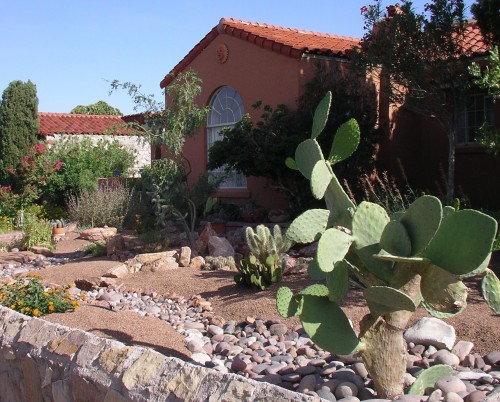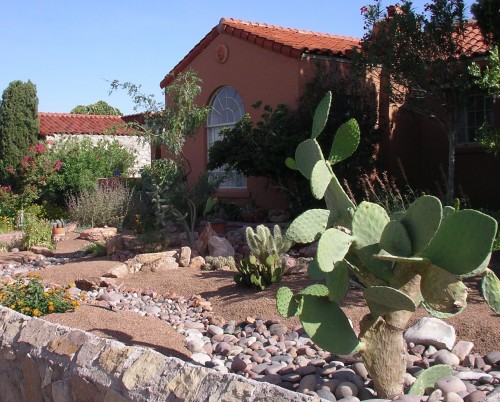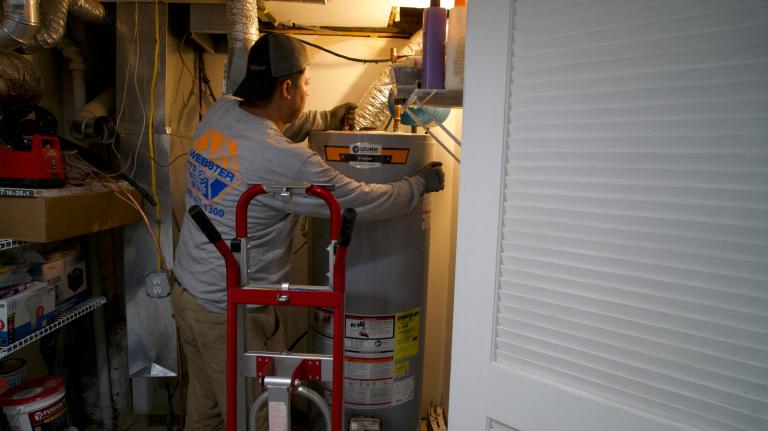 It hasn't rained in El Paso in 119 days, and its water manager says it doesn't much matter if it doesn't rain next year, either. "We're basically drought-proof," he told the Guardian.
It hasn't rained in El Paso in 119 days, and its water manager says it doesn't much matter if it doesn't rain next year, either. "We're basically drought-proof," he told the Guardian.
El Paso is a testament to just how little water we actually need, in contrast to how much we use when conservation is not a concern. In the past 20 years, water use per person in El Paso went from 167 gallons a day to 111. The average American uses almost 600 gallons.
How has El Paso made itself into a model of water conservation? It started with the lawns. The city has provided incentives to tear out lawns and replace them with hardy native plants in a process called xeriscaping, and forbids watering when the sun is up and on alternate days. There’s also been a rebate program to replace water-intensive swamp coolers with traditional air-conditioning, and city officials hand out free low-flow shower heads in school parking lots.
Even with the nearby Rio Grande river down almost to a trickle, El Paso’s even got enough water to export. The city built treatment plants to recycle wastewater, which it sells to industry as coolant and to local farmers for irrigation.
Unfortunately El Paso is also encouraging unchecked growth, and conservation measures are just about tapped out. This means the city is coming up against the absolute limits of its immediate environment. The solution, naturally, is even more expansion: it has purchased 100,000 acres in outlying areas so that it can harvest the water underneath. With unchecked expansion, El Paso’s drought-proof days may be numbered — but meanwhile, other cities can probably look to Texas for some new conservation tricks.




